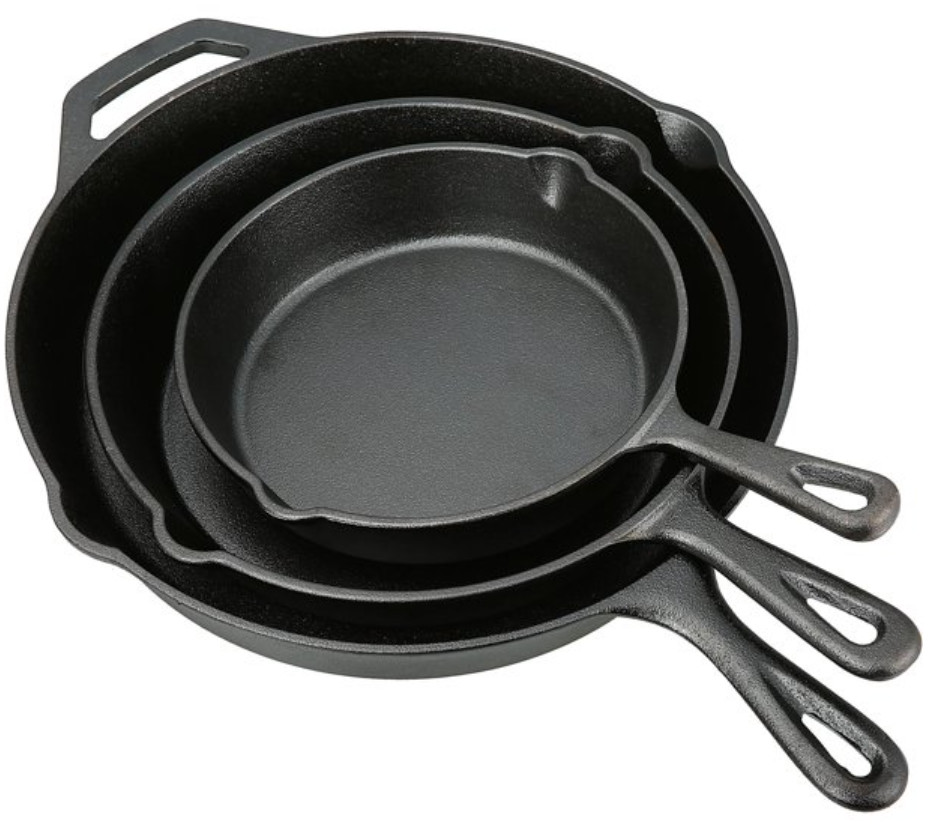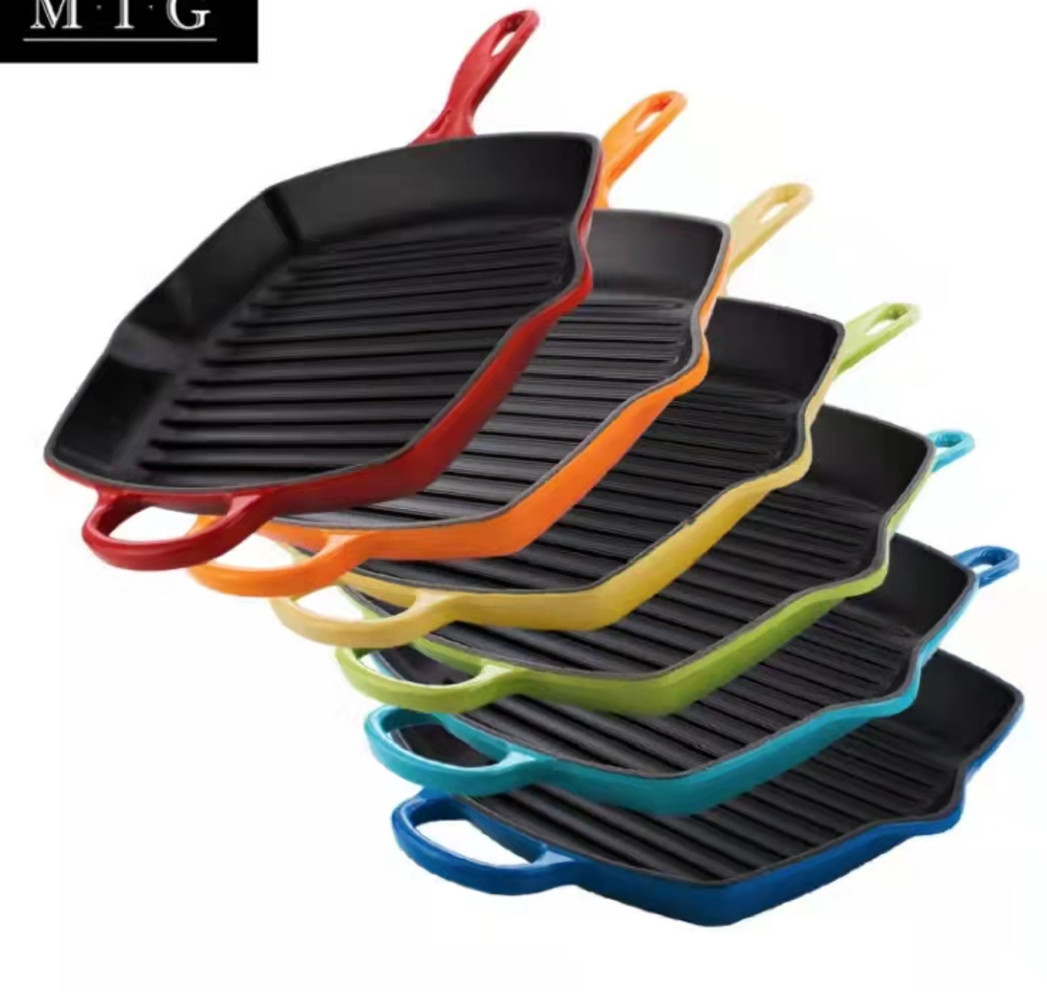- 150 m janubga, G'arbiy DingWei yo'li, Nanlou qishlog'i, Changan shahri, GaoCheng hududi, Shijiazhuang, Xebey, Xitoy
- monica@foundryasia.com
Iyun . 12, 2023 18:48 Roʻyxatga qaytish
CHUYMAN ISHLASH NIMA
Cho'yandan yasalgan idishlar nima:
Cho'yandan yasalgan idishlar - bu quyma temirdan tayyorlangan og'ir idish bo'lib, u issiqlikni ushlab turishi, chidamliligi, juda yuqori haroratlarda foydalanish qobiliyati va to'g'ri ziravorlanganda pishirilmasligi bilan baholanadi.
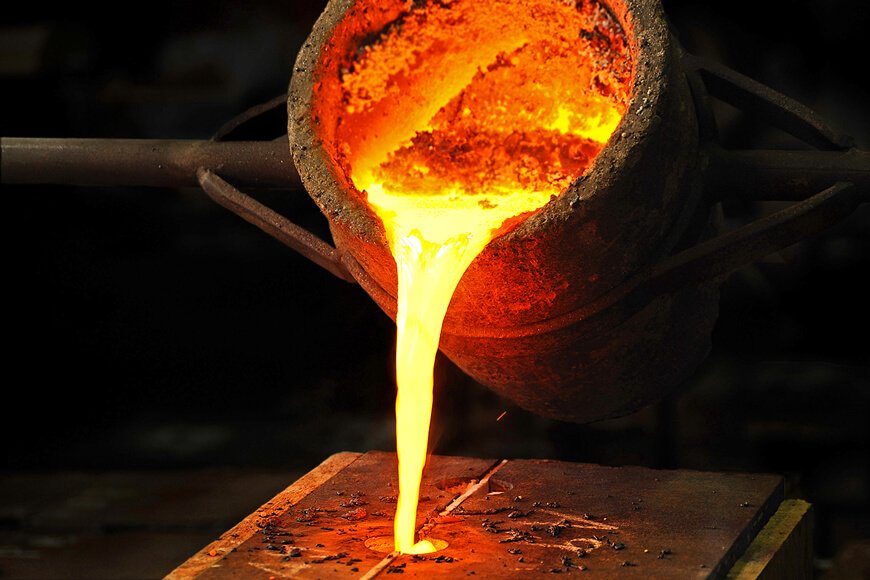
Cho'yandan yasalgan idishlar tarixi
In Asia, particularly China, India, Korea and Japan, there is a long history of cooking with cast iron vessels. The first mention of a cast-iron kettle in English appeared in 679 or 680, though this wasn't the first use of metal vessels for cooking. The term pot came into use in 1180. Both terms referred to a vessel capable of withstanding the direct heat of a fire. Cast-iron cauldrons and cooking pots were valued as kitchen items for their durability and their ability to retain heat evenly, thus improving the quality of cooked meals.
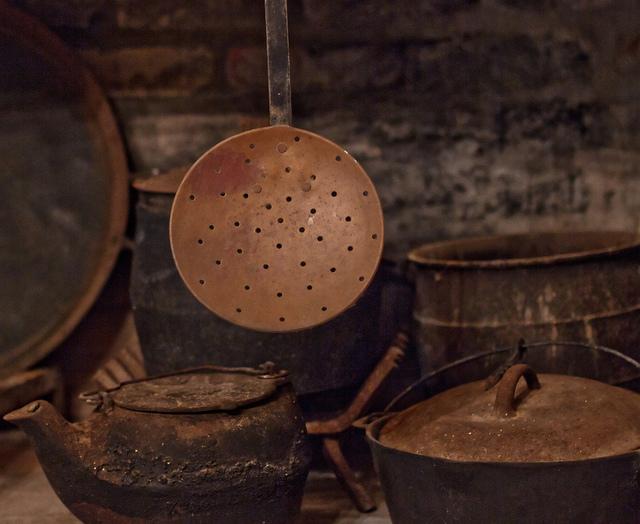
Evropada va Qo'shma Shtatlarda, 19-asrning o'rtalarida oshxona pechkasi paydo bo'lishidan oldin, ovqatlar o'choqda pishirilgan va pishiriladigan qozon va kostryulkalar o'choqda ishlatish yoki uning ichida to'xtatib turish uchun mo'ljallangan.
Cast-iron pots were made with handles to allow them to be hung over a fire, or with legs so that they could stand in the coals. In addition to Dutch ovens with three or four feet, which Abraham Darby I secured a patent in 1708 to produce, a commonly used cast-iron cooking pan called a spider had a handle and three legs allowing it to stand upright over campfires as well as in the coals and ashes of a fireplace.
Oyoqsiz, tagliklari tekis qozon va kostryulkalar pishirish pechkalari mashhur bo'lgach, foydalanishga kirishdi; 19-asr oxiridagi bu davrda kvartiraning kiritilishi kuzatildi
cast-iron skillet.
Cho'yandan yasalgan idishlar 20-asrning birinchi yarmida uy bekalari orasida ayniqsa mashhur edi. Bu arzon, ammo bardoshli idish edi. Ko'pgina amerikalik uy xo'jaliklarida kamida bitta quyma temir idish bor edi.
20-asrda, shuningdek, emal bilan qoplangan quyma temirdan yasalgan idishlar paydo bo'ldi va ommalashdi.
Today, of the large selection of cookware that can be purchased from kitchen suppliers, cast iron comprises only a small fraction. However, the durability and reliability of cast iron as a cooking tool has ensured its survival. Cast-iron pots and pans from the 19th and 20th century continue to see daily use to the present day. They are also highly sought after by antique collectors and dealers. Cast iron has also seen a resurgence of its popularity in specialty markets. Through cooking shows, celebrity chefs have brought renewed attention to traditional cooking methods, especially the use of cast iron.
Muhim mahsulotlar
Cho'yandan tayyorlangan idishlarning turlariga qovurilgan idishlar, golland pechlari, panjara, vafli dazmollari, panini presslari, fritözlar, woks, fondu va qozonlar kiradi.
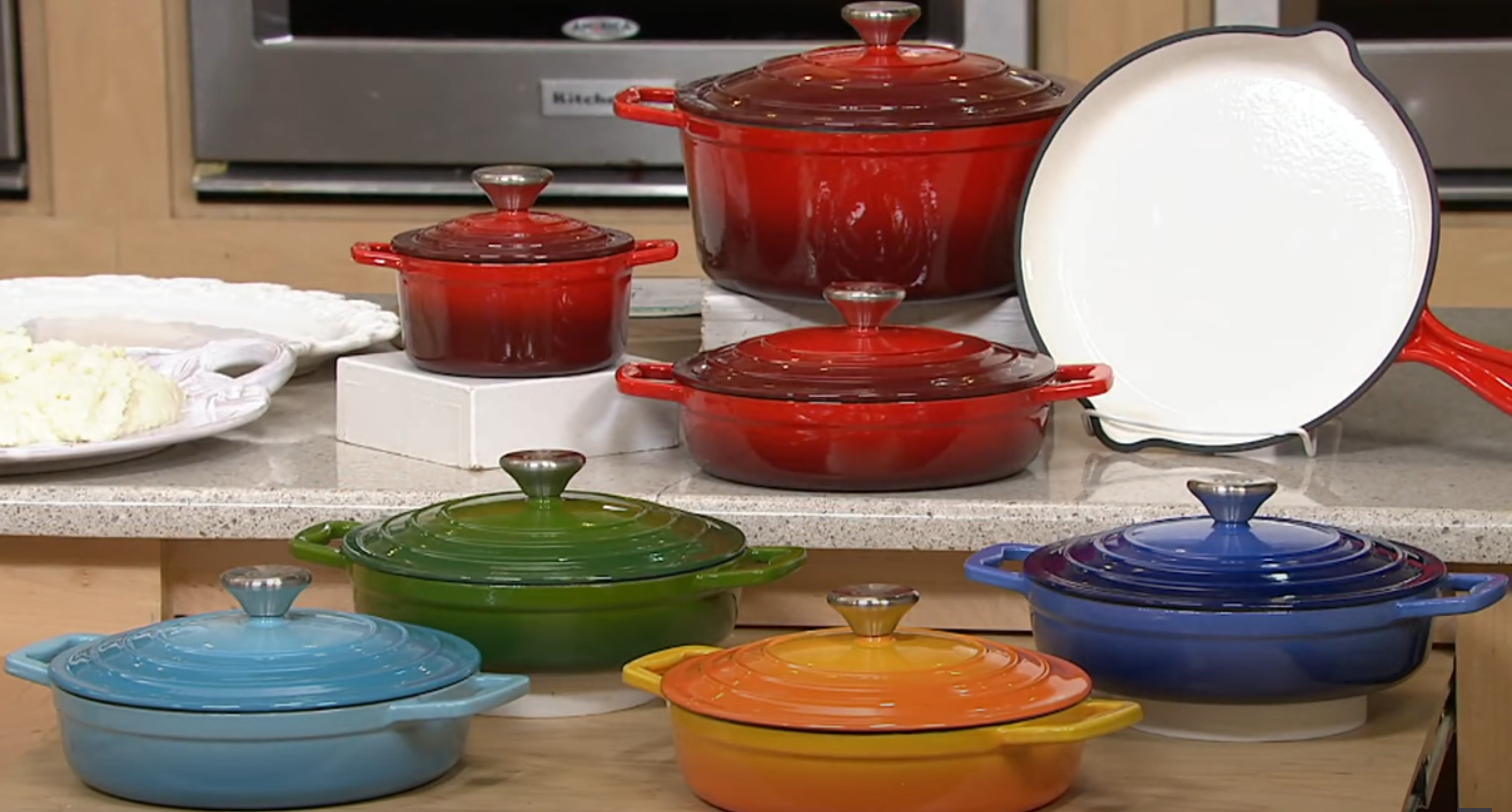
Cho'yandan tayyorlangan idishlarning afzalliklari
Cast iron's ability to withstand and maintain very high cooking temperatures makes it a common choice for searing or frying, and its excellent heat retention makes it a good option for long-cooking stews or braised dishes.
Because cast-iron skillets can develop a "non-stick" surface when cared for properly, they are excellent for frying potatoes or preparing stir-fries. Some cooks consider cast iron a good choice for egg dishes, while others feel the iron adds an off-flavor to eggs. Other uses of cast-iron pans include baking, for instance for making cornbread, cobblers and cakes.
Many recipes call for the use of a cast-iron skillet or pot, especially so that the dish can be initially seared or fried on the stovetop then transferred into the oven, pan and all, to finish baking. Likewise, cast-iron skillets can double as baking dishes. This differs from many other cooking pots, which have varying components that may be damaged by the excessive temperatures of 400 °F (204 °C) or more.
-
Product introduction of Changan Cast Iron Co., LTD
YangiliklarJan.24,2024
-
The Impact of the Leidenfrost Effect on Non-Stick Properties of Cast Iron Titanium Coated Cookware
YangiliklarJan.24,2024
-
Oshpazlik bo'linishini o'rganish - quyma temir kostryulkalar va oddiy kostryulkalar
Yangiliklar2024 yil 03 yanvar
-
Tovarlar uchun javon va 3D saqlash bilan qayta tashkil etilgan qadoqlash ustaxonasi
Yangiliklar2023 yil 29 dekabr
-
Ishlatilgan quyma temir sirli idishni tozalash quyidagi bosqichlar bilan samarali amalga oshirilishi mumkin:
Yangiliklar2023 yil 27 dekabr
-
Cho'yandagi emal uchun metallografik tuzilma
Yangiliklar2023 yil 27 dekabr
